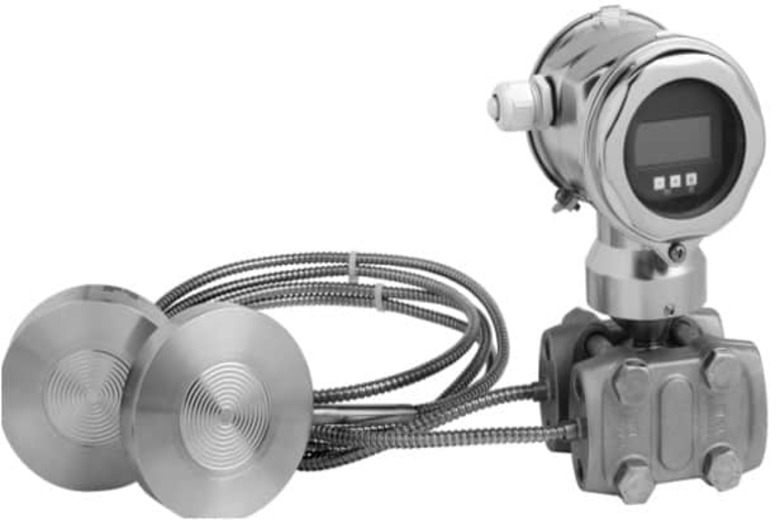Pressure
Our best pressure articles
In this section we will find articles related to pressure measurement in the process industry. Some describe techniques and others allow you to discover more advanced concepts. All the articles have been written with the idea of introducing and explaining concepts related to instrumentation in the process industry. Each article has a version prepared in pdf format for download and diffusion. If you have any questions or require further clarification, do not hesitate to contact us.
What is the Difference Between Absolute, Gauge and Differential Pressure?
Any good instrumentation technician needs to know the difference between the basic types of pressure measurement.
Pressure Measurement
Discover the basics of Industrial Pressure Measurement. A ready-to-download article on pressure types and how to measure them. Get it for free!
You may also be interested by:
Frequently Asked Questions
Q1 - What is an industrial pressure transmitter?
Q2 - How pressure transmitters work?
Q3 - What is the difference between pressure indicator and pressure transmitter?
Q4 - What is the Difference Between Absolute, Gauge and Differential Pressure?
- Absolute Pressure: Absolute pressure is measured relative to a perfect vacuum (zero pressure). It includes atmospheric pressure, so it is always positive. Absolute pressure is used in applications where the pressure inside a vessel or system is referenced to a complete vacuum.
- Gauge Pressure: Gauge pressure is measured relative to atmospheric pressure, which is typically 14.7 psi (1 bar) at sea level. Gauge pressure can be either positive or negative, indicating pressure above or below atmospheric pressure. It is commonly used in pressure measurements for everyday applications and equipment like tires, boilers, and pipelines.
- Differential Pressure: Differential pressure is the difference in pressure between two points in a system. It is not referenced to vacuum or atmospheric pressure. Differential pressure transmitters are frequently used to measure pressure drops across filters, flow restrictions, or other elements in a system. This type of measurement is essential in applications like flow control and filter monitoring.







